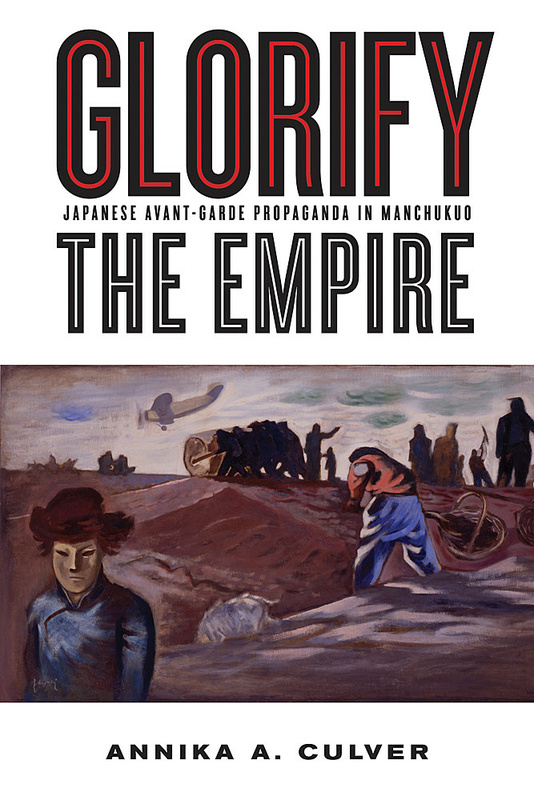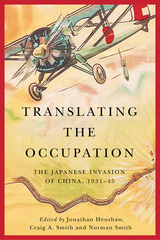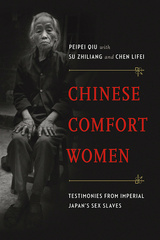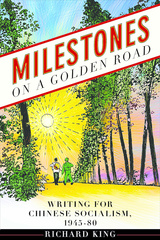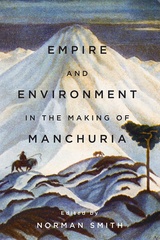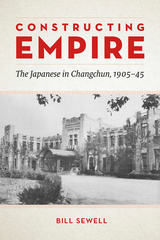Our shopping cart is currently down. To place an order, please contact our distributor, UTP Distribution, directly at utpbooks@utpress.utoronto.ca.
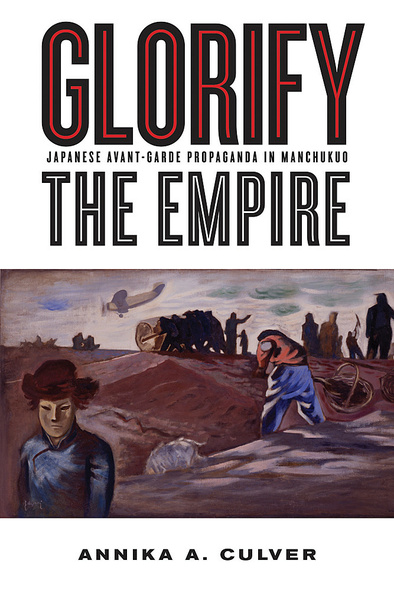
In the 1930s and ’40s, Japanese political architects of the Manchukuo project in occupied northeast China realized the importance of using various cultural media to promote a modernization program in the region, as well as its expansion into other parts of Asia. Ironically, the writers and artists chosen to spread this imperialist message had left-wing political roots in Japan, where their work strongly favoured modernist, even avant-garde, styles of expression.
In Glorify the Empire, Annika A. Culver explores how these once anti-imperialist intellectuals produced modernist works celebrating the modernity of a fascist state and reflecting a complicated picture of complicity with, and ambivalence towards, Japan’s utopian project. During the war, literary and artistic representations of Manchuria accelerated, and the Japanese-led culture in Manchukuo served as a template for occupied areas in Southeast Asia. A groundbreaking work, Glorify the Empire magnifies the intersection between politics and art in a rarely examined period in Japanese history.
This book will appeal to scholars and students of Asian history, politics and culture, art history, and Japanese literature, particularly those with an interest in Japanese Manchukuo.
Awards
- 2014, Winner - Southeast Conference of the Association for Asian Studies Book Prize
Glorify the Empire is a deeply fascinating study in the culture of Japanese imperialism. Culver shows how many left-wing Japanese intellectuals, writers, and artists came to support Japanese colonial expansionism in China’s northeast, not solely in response to intimidation by their authoritarian state, but because Manchukuo represented a vision of East Asian modernity those leftists found genuinely inspirational.
Culver’s intriguing research delves into the question: What happened to Japanese leftist artists and their moves to oppose empire? Glorify the Empire illuminates the results of Japan’s suasion campaigns, which pushed these leftists into supporting the imperial cause by travelling to Manchuria, where their careers flourished. In so doing, it neatly overturns a widely held myth about the split between left and right political spheres in Japan.
Annika A. Culver is an associate professor of East Asian history at Florida State University. She also serves as a scholar in the US-Japan Network for the Future.
Introduction: Propaganda in the Manchukuo Context, 1932-45
1 Laying the Groundwork for the Japanese Avant-Garde Propagandists
2 Literature in Service of the State: Yamada Seizaburô and Right-Wing Proletarianism, 1931-43
3 Surrealism in Service of the State: Fukuzawa Ichirô and Associates, 1935-36
4 The Lure of Artistic Vision and Commercial Prerogative: Ai Mitsu and the Burden of Representation, 1935 and 1943
5 Reflections of Labour and the Construction of the New State: Fuchikami Hakuyô and Manchuria Graph, 1933-41
6 The Manchukuo Publicity and News Bureau’s War of Words and Images: Mutô Tomio and the Discourse of Culture, 1938-43
7 The Legitimization of a Multi-Ethnic Literary Culture in Manchukuo: Kawabata Yasunari’s Promotion of Manchurian Literature, 1941-44
Conclusion: The Reflected Utopia Darkens: Manchukuo, Imperial Japan’s Surrender, and Postwar Issues
Notes
Bibliography
Index

